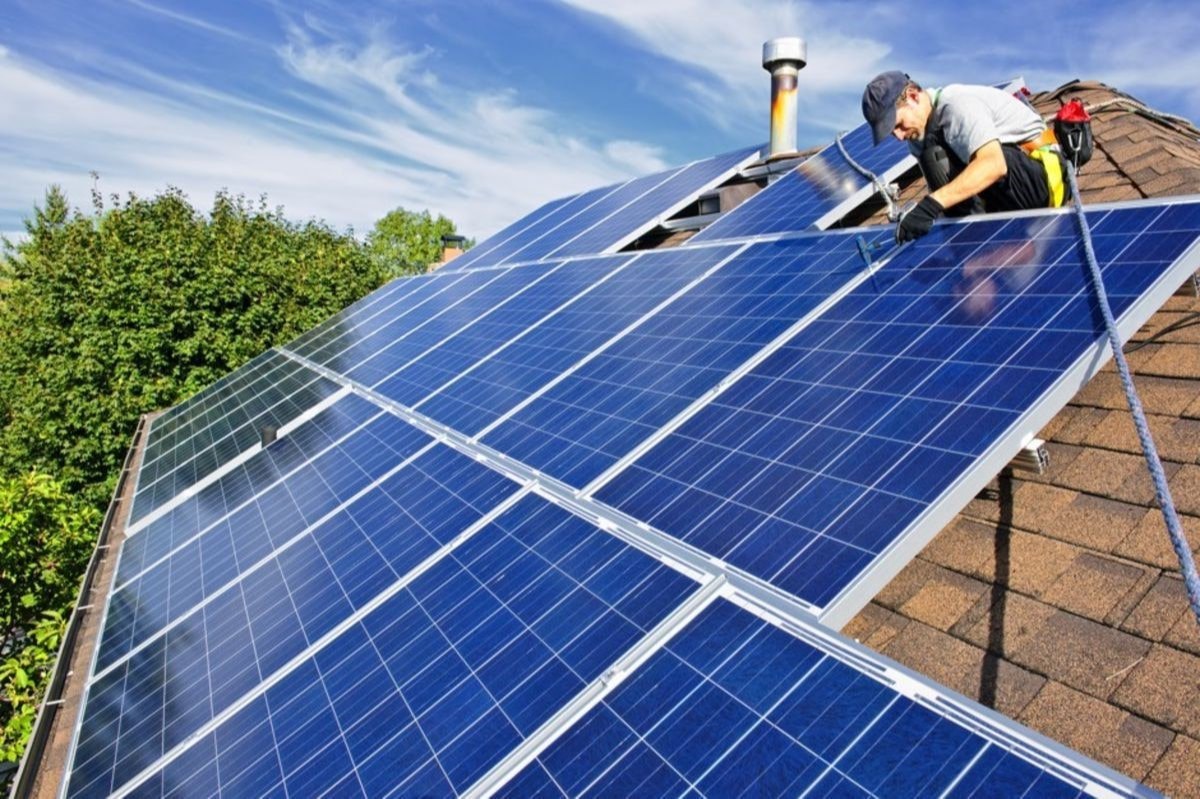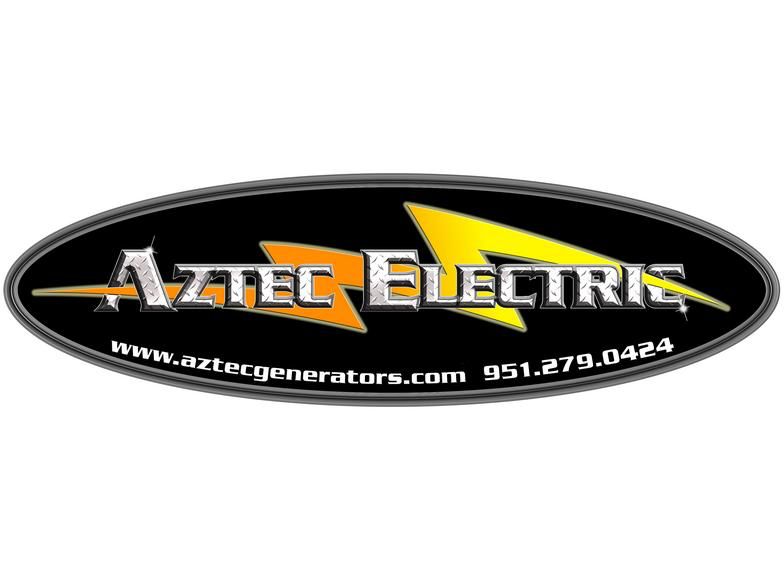Thinking about switching to solar in Corona, CA?
You’re not alone — more homeowners than ever are exploring residential solar installation in Corona to reduce utility bills and embrace clean energy. With electricity rates climbing, new tax incentives, and better solar technology, 2025 is one of the best times to go solar.
This guide will walk you step by step through how solar works, why Corona homeowners benefit, installation steps, costs, incentives, and long-term ROI.
Step 1 — Understand Why Solar Makes Sense in Corona
Corona and nearby regions (Inland Empire, San Bernardino, Orange County, Los Angeles) get abundant sunshine year-round — ideal for maximum solar production. Here’s why homeowners are switching:
- ☀️ High sunlight exposure = more electricity from your panels.
- 💡 Soaring energy rates in Southern California — solar shields you from rising bills.
- 🌎 California’s push for clean energy supports rebates & tax credits.
- 🏡 Increase home value — studies show solar homes sell for more.
- 🔋 Energy independence — pair solar with battery storage to keep lights on during outages.
Step 2 — Know the Types of Solar Installation Available
When researching residential solar installation in Corona, you’ll encounter these options:
1. Grid-Tied Solar
- Panels connect to your utility grid.
- You use solar first, then grid if needed.
- You may earn net metering credits for extra power.
2. Solar + Battery Storage
- Add a battery (e.g., Tesla Powerwall).
- Store excess energy to use at night or during outages.
- Ideal for areas with frequent power cuts.
3. Off-Grid Solar
- Fully independent from the utility grid.
- Requires large battery capacity & backup generator.
- Less common for suburban Corona homes but perfect for remote properties.
Step 3 — Plan Your Budget & Understand Costs
Cost is a big factor for any homeowner. On average:
- Residential solar installation in Corona: $15,000 – $25,000 for a standard 5–7 kW system (before incentives).
- Commercial solar installation in Corona: typically higher, $50,000+ depending on size.
Factors affecting price:
- System size (based on your electricity usage).
- Panel efficiency & brand.
- Roof condition & angle.
- Adding a battery (adds $8,000 – $12,000+).
💡 Pro tip: Always ask for a free solar site assessment to get an exact quote for your roof and consumption.
Step 4 — Take Advantage of 2025 Solar Incentives & Rebates
The federal solar Investment Tax Credit (ITC) allows homeowners to deduct 30% of solar installation costs from federal taxes.
For a $20,000 system, that’s a $6,000+ savings right away.
California also offers:
- Self-Generation Incentive Program (SGIP) — battery rebates.
- Local utility rebates (check with SCE or your electricity provider).
- Property tax exclusion — your home’s assessed value won’t jump just because you added solar.
Step 5 — Choose the Right Solar Contractor in Corona
The installer you pick will impact system performance & ROI. Look for:
- ✅ Licensed & insured electricians (C-10 license in CA).
- ✅ Local expertise with residential solar installation in the Inland Empire.
- ✅ Strong customer reviews & case studies.
- ✅ Transparent warranties (25-year panel & inverter warranty is standard).
- ✅ Assistance with permits, rebates & inspections.
Tip: Aztec Electric Renewables (Corona-based) has over 30 years of electrical experience and offers both residential & commercial solar installation in Corona and nearby regions.
Step 6 — Understand the Installation Process (Step by Step)
Here’s what to expect once you sign your solar agreement:
- Site assessment & design — engineers measure your roof, check shading & electrical system.
- Permits & paperwork — contractor handles city permits, utility applications, and rebate paperwork.
- Installation — typically 1–3 days for most homes.
- Inspection & utility approval — city/utility inspects before turning your system on.
- System activation (PTO) — your panels start producing clean energy!
Total time: 4–8 weeks depending on permits & scheduling.
Step 7 — Calculate Your Long-Term ROI
With rising California utility rates, most homeowners break even in 5–8 years and enjoy 20+ years of free power afterward.
Example:
- Average Corona electric bill: $200/month = $2,400/year.
- Solar can cut bills by 70–100% depending on system size.
- Over 25 years, that’s $60,000+ in savings — not counting rate hikes.
Adding a battery can increase savings by storing excess daytime energy for night use.
Step 8 — Maintain & Monitor Your Solar System
Solar panels need minimal maintenance:
- Keep panels clean & free from debris.
- Monitor output using your app (most installers provide one).
- Schedule inspections every 2–3 years.
Most systems come with 25-year performance warranties and last 30+ years.
Step 9 — Future-Proof with Commercial or Hybrid Solar
If you own a small business or rental property, consider commercial solar installation in Corona for tax write-offs & bigger ROI.
Business owners benefit from:
- Accelerated depreciation (MACRS).
- Federal & state incentives.
- Lower long-term operational costs.
Final Thoughts — Go Solar in Corona & Save Big
With sunny Southern California weather, strong federal & state incentives, and rapidly rising electricity rates, 2025 is the year to switch to solar.
Whether you need residential solar installation in Corona or are exploring commercial solar installation in the Inland Empire, San Bernardino, Orange County, San Diego, or Los Angeles, the benefits are clear: lower bills, energy independence, and a greener future.
Call to Action (for your website)
Ready to make the switch?
Get your free custom solar quote today and see how much you can save.
Our licensed experts handle everything — from design to permits to installation — so you can start producing clean power in weeks.



